Lusk’s Koura XI
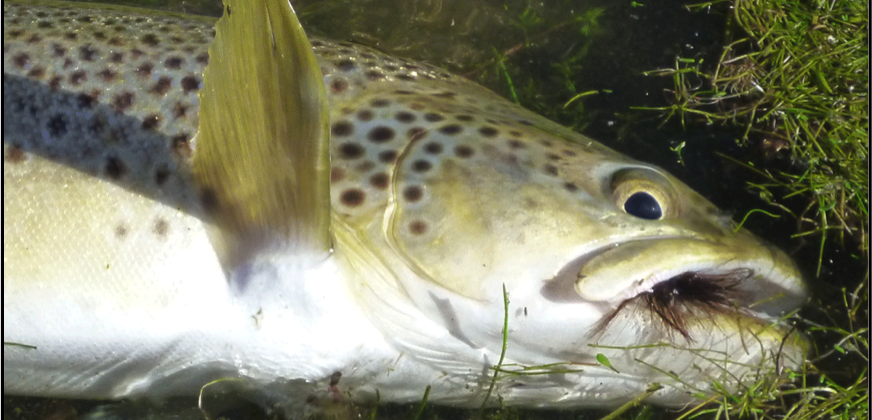
The Best Pattern Extra Select Craft Fur
This series of articles is available as an ebook on Amazon.
The primary consideration for any fly is “does it catch fish?” and all these patterns certainly catch fish. The super aggressive response of fish to the koura fly was even more impressive than I was expecting.
For ease of tying, as well as the best looking fly I favour the Extra Select Craft Fur. It is easier to work with than the sculpting fibre, and fishes well as it does not absorb water so is easy to cast. It would be possible to blend colours on the dubbing brush, but the fish did not seem to object to a solid brown fly.
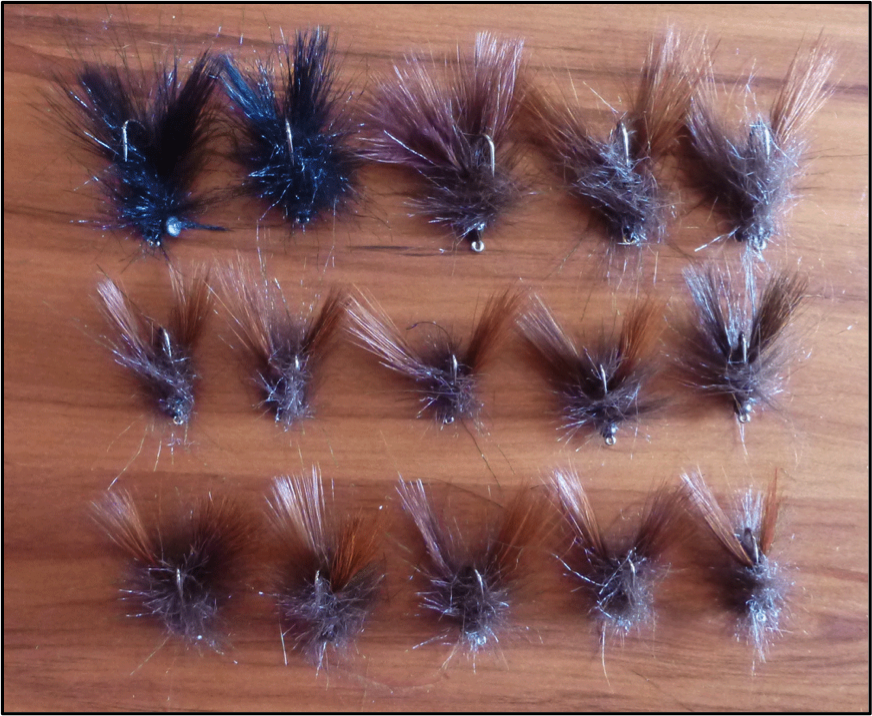
A selection of Lusk’s Koura tied in brown & black on Kamasan B200 #6 & #10 with lead dumbbell eyes, tungsten coneheads and tungsten beads.
Why this Pattern Works
The issue is not so much whether the fly catches fish, which it does. All the koura patterns I tried caught fish, though some were very difficult to use as they got too heavy due to absorbing water.
When stripped the claws trail out behind the fly and look natural. The tungsten bead or cone head is the right weight to get the fly straight back to the bottom after being stripped, but not to heavy to cast. Having all the weight at the eye of the hook meant that the fly dived naturally to the bottom and sat slightly upright with the claws up, just as a threatened Koura does.
The Extra Select Craft Fur made what seemed to me to be the best shaped fly. It fitted all the secondary criteria I required:
- Moves like a fleeing Koura
- Sits up like a threatened Koura when stationary
- Simple to tie
- Only three materials
- Can be tied in two minutes
- Easy to cast
The response of the brown trout I was fishing to with the Koura fly was as expected, provided the fly was near or on the bottom before they saw it and it was stripped away from them. The fish would see the fly move and charge it exceptionally hard. Strikes were unnecessary as the fish took it so aggressively.
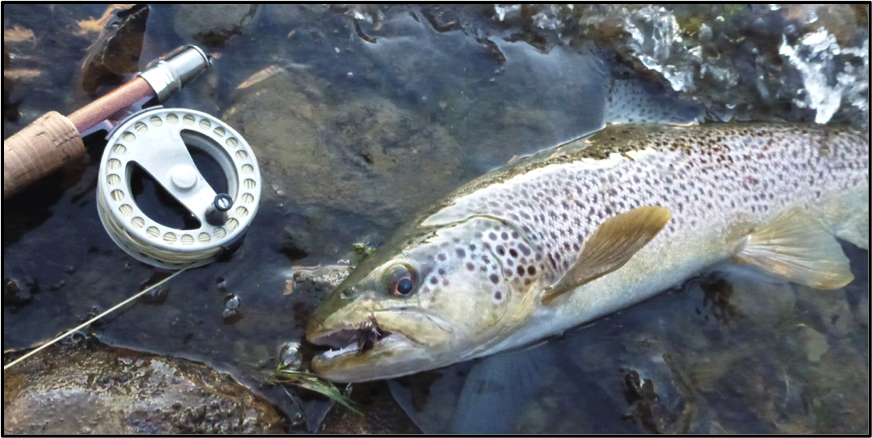
The first fish I cast to at Waikaremoana, a brown that was stationary on the lake bottom but moved aggressively and grabbed the Koura first cast.
Concluding Comments
After a fair bit of trial and error I arrived at a design that is simple to tie. The fish love it and commit hard to it when presented properly.
All the different versions of the fly were good with fish if presented the right way. Some were near impossible to cast as they were too heavy, and got even more heavy once they got water logged. Some were too hard to tie, and some missed out on the bulk I wanted from a Koura fly.
The Koura fly works best with a loop knot not a knot tightened to the hook’s eye. This seems to help the fly swim better, and also seems to prevent bust offs from the aggressive take. Trout absolutely hammer this fly, so expect bust offs if you fish it to big fish.
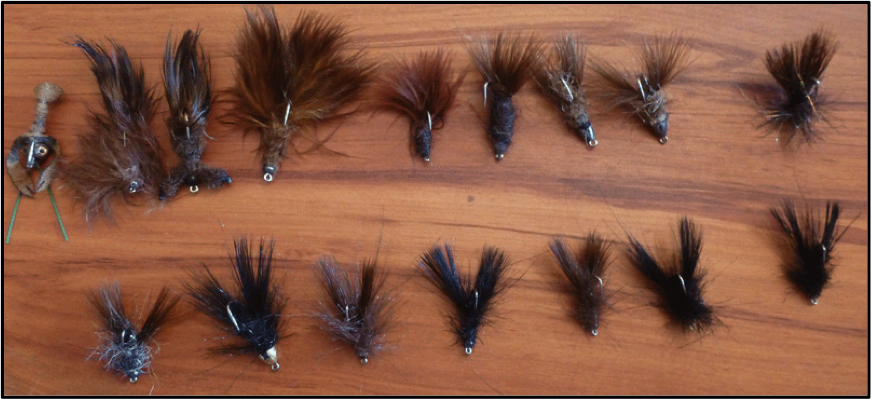
A line up of all the different designs I tried before getting the design right. The top row are very ugly but still caught fish.
I. Lusk’s Koura | II. Further Design Work | III. Trout & Flies for Similar Conditions | IV. Design Features for the Next Prototype | V. Rethinking the Koura Pattern | VI. Prototype 3, 4 & 5 | VII. A Fish Catching Fly | VIII. Further Design Work II | IX. Lusk’s Koura Tying Instructions | X. Fishing Lusk’s Koura | XI. The Best Pattern | XII. A Revised Pattern | XIII. A Jig Hook Koura
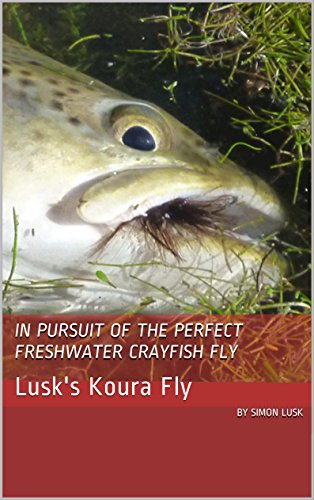
This series of articles is available as an ebook on Amazon.
